Azul Board Game Review
Welcome to The Board Game Dialogue, where we invite the most iconic tabletop titles to sit down and speak for themselves. Today, we’re joined by a modern legend—Azul, the elegant, tile-laying masterpiece that has taken the board gaming world by storm. Known for its beautiful components, intuitive mechanics, and steadily rising tension, this award-winning game has become a modern classic in the genre of abstract and family-friendly eurogames.
What is Azul?
Before we jump into the conversation, let’s set the scene for anyone new to the world of Azul.
Azul is a pattern-building and tile-drafting board game designed by Michael Kiesling and published by Next Move Games. In it, players take on the role of artisans decorating the walls of the Royal Palace of Evora in Portugal. Using vibrant ceramic tiles inspired by traditional azulejos, players draft from shared factory displays, arrange tiles on their player boards, and carefully manage their placement to score the most points.
What starts as a peaceful puzzle soon escalates into a tense and tactical race, as players compete over limited tiles, risk overloading their floors with penalty tiles, and jostle for position in a game that’s as beautiful to look at as it is to play.
Player Count: 2–4 players
Playtime: 30–45 minutes
Complexity: Light to Medium
Mechanics: Tile Drafting, Pattern Building, Spatial Strategy
Theme: Portuguese Decorative Tile Art
Now, let’s welcome Azul to the table and hear from this vibrant and deceptively sharp board game in its own voice.
Azul’s First Impression: Beauty, Simplicity, and Subtle Strategic Satisfaction
Me: Azul, welcome! Honestly, I’m trying not to sound too starstruck here. You’re one of the most talked-about modern board games, and I think we all agree—you’ve got serious table presence.
Azul: Thanks, it’s good to be here. And yes, making a strong first impression is something I care about. I believe the way a game feels before you even play it matters. From the start, I want players to be drawn in—visually, physically, and mentally.
Me: You definitely achieve that. Those tiles feel great to hold, and the board just looks good as it fills up. But what impresses me the most is your depth that gradually unfolds as players explore your gameplay.
Azul: That’s where I think good design shines. Most players naturally want to place tiles in neat, connected patterns. That instinct—to line things up cleanly and symmetrically—is built into how humans think. So I reward that.
Me: Right! Because if a tile connects to others in both a row and a column, you get more points.
Azul: Exactly. Not because of a complicated rule, but because it feels satisfying. It’s not about bonus points—just gaining more by doing what already feels right. That’s the magic. The scoring supports what the brain wants to do anyway.
Me: That’s brilliant. It’s like your beauty isn’t just on the surface—it’s in how you play, too.
Azul: That’s the goal. I aim to be simple, but rewarding. Inviting, but with just enough sharpness to keep players thinking from start to finish.
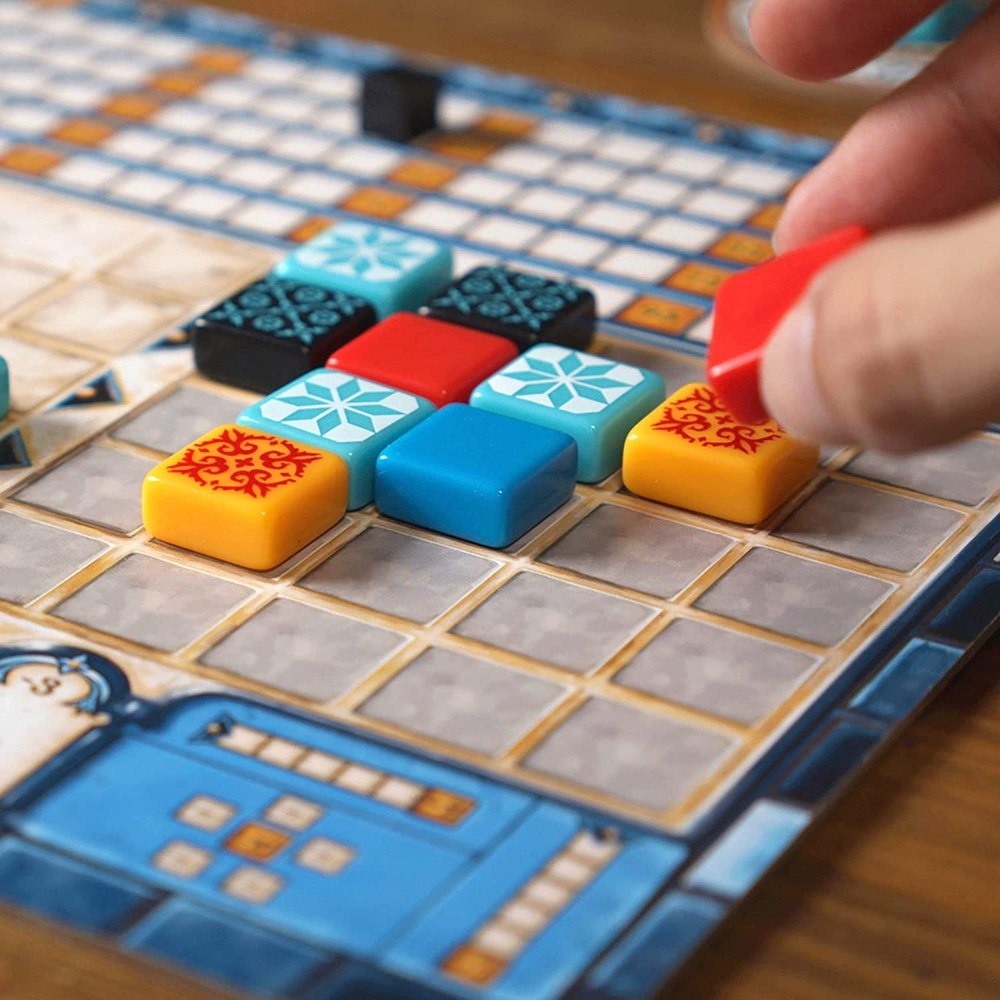
The Evolving Arc of Azul: From Relaxing Puzzle to Razor-Sharp Showdown
Me: One thing that really stands out, Azul, is how the game keeps shifting as it goes on. It starts out feeling almost meditative, but by the end, it’s a tense, calculated battle. Was that arc intentional?
Azul: Absolutely. I wanted the game to feel like a walk through a beautiful gallery—but the further in you go, the narrower the path becomes. It begins open and full of options, and gradually it becomes tight, tactical, and razor-edged.
Me: That’s so true. In the early rounds, you can take almost any color. It feels safe—gentle even. But then, all of a sudden, that one color you need is gone. Or worse, it’s everywhere, and you can’t take it without shattering your plans.
Azul: That’s the progression I’m most proud of. As tiles fill players’ boards, the freedom fades. Your choices narrow, and the value of colors starts to shift based on everyone’s patterns. What was safe becomes dangerous. And what was plentiful becomes scarce.
Me: And since everything is visible, everyone sees what everyone else needs.
Azul: Exactly. Which brings in the hate drafting—and it’s not just spiteful. Often, that tile you deny someone is still useful for you, making it feel strategic, not petty. That’s the sweet spot of interaction.
Me: And the tension just builds as the board fills up.
Azul: Yes. Each new tile offers more scoring potential, but fewer safe places to put it. The comfort fades, and by the end, it’s like walking a tightrope over shattered glass shards—one wrong step, and you feel it.

Endgame Scoring in Azul: Where Strategy Meets the Final Flourish
Me: As the game progresses and that tightrope walk starts to wobble, it all builds to a very clean but very tense ending. Let’s talk about the endgame scoring—because that’s really where everything comes together.
Azul: Yes, it’s the final brushstroke. Throughout the game, players score based on immediate tile placements—adjacent connections in rows and columns. It’s satisfying, but that’s rarely what determines the winner.
Me: Right. It’s the endgame bonuses that really swing things. Completing rows, full columns, and sets of all five colors—that’s where the real points are.
Azul: Exactly. And often, new players only realize this when the game is nearly over. Suddenly, they’re looking at their board and thinking, “Wait, can I finish this row? Can I grab that last yellow tile to complete the set?” That last round becomes a scramble for maximum efficiency.
Me: And seasoned players?
Azul: They’ve been watching those goals from turn one. They’re building with intention, balancing short-term tile placement with long-term scoring objectives. That’s what gives the game its strategic backbone. Every draft has a purpose—not just to score now, but to set up a scoring burst later.
Me: It’s clever how those final bonuses give the game an arc within the arc—a final reveal of who was thinking ahead.
Azul: That was the plan. Reward the sharpest minds not just for clever moves, but for vision. For seeing the mosaic before it’s finished.
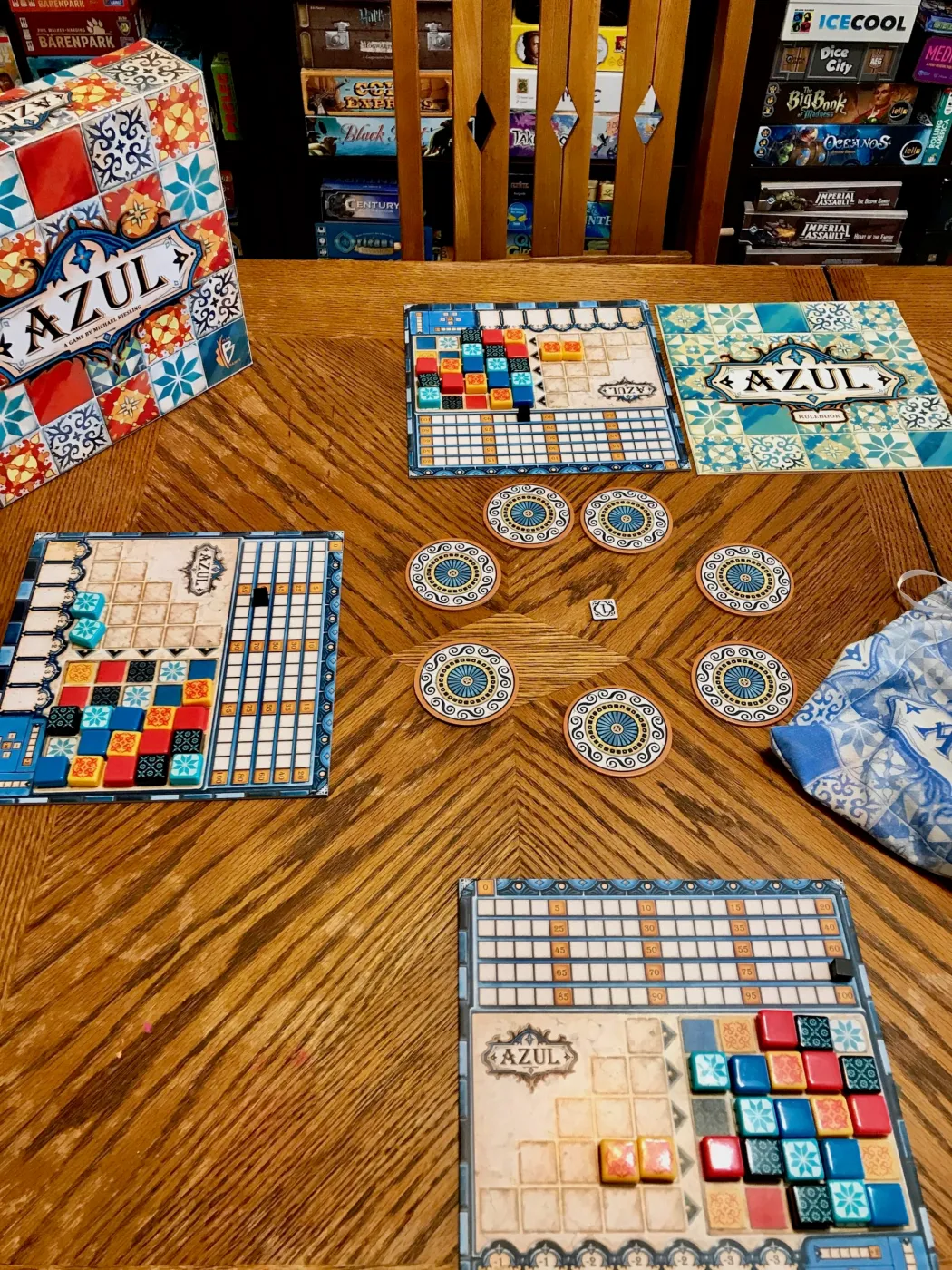
Why Azul Feels as Good as It Plays: Tactility and Visual Design Done Right
Me: Azul, we’ve talked about how you play—smooth, sharp, and surprisingly deep. But let’s not ignore the obvious: you’re also stunning. Let’s shift gears and talk about your components. Because honestly? You might be the most tactile board game out there.
Azul: Thank you—I take that as high praise. I believe a board game isn’t just about what happens in your head. It’s about what happens in your hands. From the start, I was designed to feel as good as I look.
Me: And you do. The tiles aren’t just pretty—they’re these chunky, smooth, candy-like pieces that everyone wants to touch.
Azul: That was very intentional. Players handle the tiles constantly, so they needed to be satisfying to touch and hold. The sound of them clinking together, especially when you reach into the bag—it adds a kind of sensory rhythm to the game. It makes even waiting your turn feel enjoyable.
Me: And visually, the way the tiles pop on the board—they look like actual azulejos. As the game progresses, you build something genuinely beautiful.
Azul: Exactly. Everyone ends the game with their own piece of Portuguese tilework, and that’s part of the reward.
Me: Which is something I missed in your sibling, Azul: Stained Glass of Sintra. That one actually takes things away, so it never feels quite as satisfying visually.
Azul: That’s a fair critique. With me, the board only gets more beautiful as you play—and I think that’s part of why I leave such a lasting impression.

Azul at Every Player Count – And a Classy Word About Azul Duel
Me: So, Azul… we’ve covered a lot already, but I have to ask—how do you feel about your two-player reputation? And… I hope you don’t mind, but we need to talk about Azul Duel. There’s been a bit of negativity around it.
Azul: Of course—I’m glad you brought it up. First, let me say this: I’m incredibly proud of how well I work at two players. In that setting, I become sharp, calculated, almost chess-like. Every move matters. Every draft feels personal. It’s lean and strategic—some say it’s my best form.
Me: I agree—it’s amazing at two. But there’s one small point I’ve heard some players mention…
Azul: You’re referring to the Zugzwang problem, yes? The feeling where a player has no good options and is forced to make a painful move. It’s not a flaw—it’s part of my design. I don’t give players many outs. Unlike 7 Wonders Duel or Splendor Duel, I don’t include layered mitigation tools like extra turns or resource conversions. That clarity and finality is something I embrace.
Me: And that’s where Azul Duel stepped in, right?
Azul: Exactly. Azul Duel was designed to address that tension. It gives players multiple action choices, allowing them to manage tough board states more effectively. It’s clever and mechanically sound, but yes—it’s a bit heavier and doesn’t have my same elegance. So while it’s a fine design in its own right, I understand why many still prefer me at two players.
Me: And what about at higher counts?
Azul: At three or four players, I become more dynamic. There’s less calculation, more adaptation. It’s about reading the board, pivoting plans, and managing chaos with grace. It’s different from the tight duel—but just as satisfying in its own way. Flexibility is a virtue, and commitment still matters.
Me: Spoken like a true classic. That’s a true class act from you.
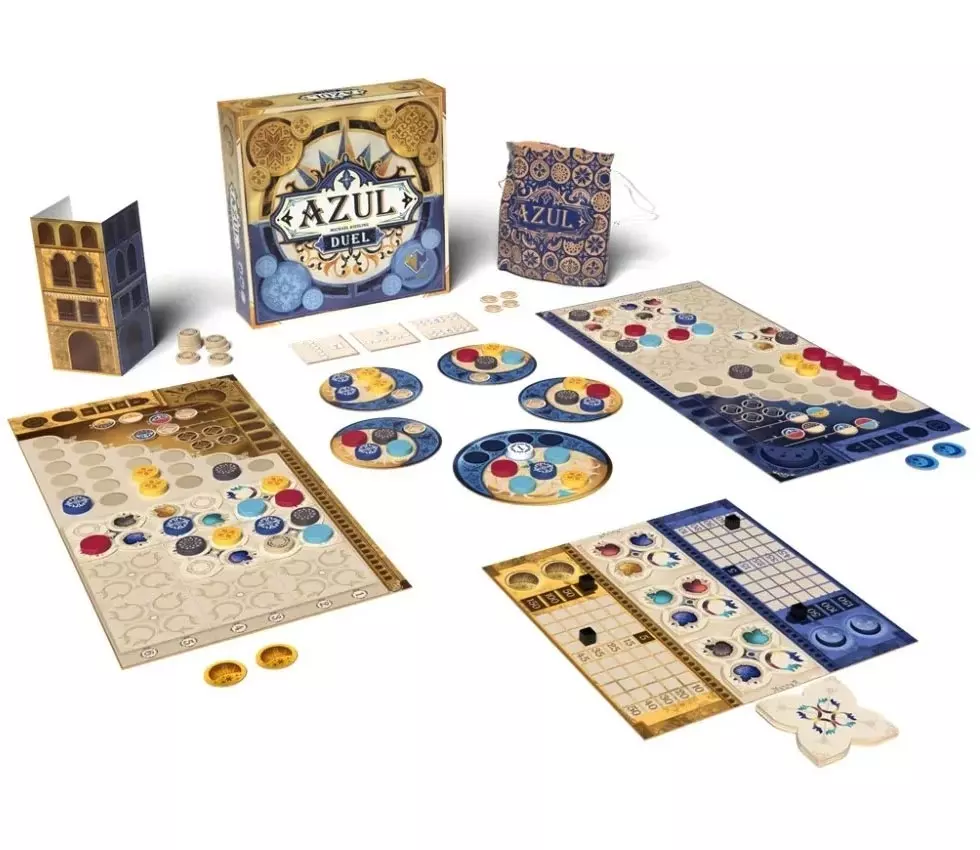
Is Azul a Perfect Board Game? Honestly… Yes.
Me: Alright, Azul. This is usually where I bring up a game’s drawbacks, rough edges, or little stumbles. But with you… I’m kind of stumped.
Azul: I appreciate the honesty. I don’t claim to be flawless—but I do strive to be cohesive, elegant, and enjoyable from start to finish.
Me: And that’s what shows. Your core mechanic is smart, simple, and completely intuitive. Anyone can pick it up within minutes, yet every round offers real, meaningful decisions.
Azul: That’s always been the goal—accessible depth. The entire game is built around that one central drafting mechanic, and everything else just naturally flows from it. You’re rewarded for doing what feels right, and that creates an experience that’s both relaxing and quietly competitive.
Me: And let’s not forget how readable everything is. The tiles literally pop off the board—easy to scan, easy to follow. You can see what everyone else is doing without needing to squint or guess.
Azul: Yes, clarity is essential. I aim for the perfect level of player interaction—not too much direct conflict, but just enough tension to make each draft matter.
Me: And the theme… it’s abstract, sure, but it somehow still feels alive. You’re actually laying tile, and the components help sell that completely.
Azul: That’s the magic of physical design. It doesn’t need to shout. It just needs to feel right.
Me: So, in the end, I think it’s fair to say—you really do deserve the label of a modern classic.
Azul: I’m proud of that. I’m not flashy. I’m just confident in what I bring to the table. Sit with me long enough, and I think most players will start to see it too.
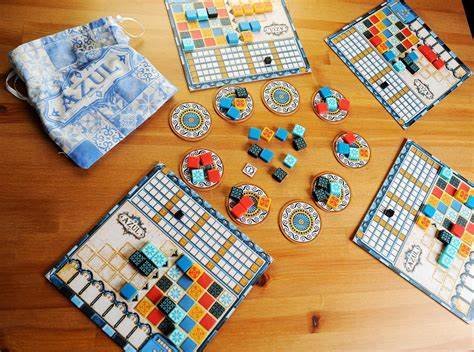
Final Verdict: Azul, the Game That Started It All
Me: Azul, before we wrap up—I just want to say thank you. Not just for the interview, but for everything. You’re more than a game to me. You’re the game that started it all.
I remember hearing your name before I even knew what “hobby board gaming” was. On a quiet afternoon, my partner and I visited a local board game café. We asked for something easy to learn, something new, something fun. The staff handed us you. And within the first few turns, something clicked.
There was something magical about the way you played—so smooth, so satisfying. We weren’t just moving pieces around. We were discovering joy in making patterns, feeling the tension of each round, and celebrating the perfect tile placement. That day didn’t just give us a great experience—it opened up an entire world.
Years have passed. I’ve played hundreds of games since. I’ve read rulebooks for fun, debated mechanics online, and even tried designing a few of my own. And through it all, I keep coming back to you. Not because you’re flashy or complex, but because you are perfect for what you are.
I’ve shared you with my parents—retirement-age, traditional, not particularly into new hobbies. And guess what? They loved you. You broke through barriers that most games couldn’t. You were simple enough to teach, yet rewarding enough to keep them coming back.
So if anyone asks me what one game they should try first, I don’t even hesitate. It’s Azul.
If you’re reading this and already own it, that’s great. But maybe it’s time to bring someone new to the table. Tell a friend. Share the experience. Grow the hobby.
Me: Azul, it’s been an absolute pleasure. Thank you for everything—for the conversation, for the memories, and for opening the door to this beautiful world.
Azul: Thank you. I’m glad I could be part of your journey. Keep building. Keep sharing. And don’t forget—sometimes, a simple tile in the right place can change everything.
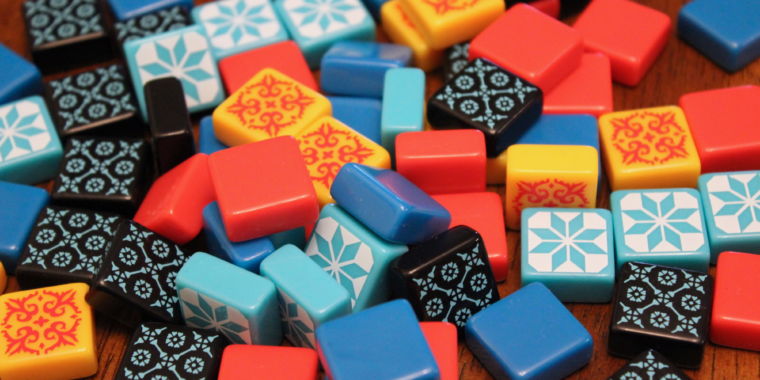
Conclusion: A Benchmark for Elegant, Accessible Game Design
Azul isn’t just a board game—it’s a modern design benchmark. It delivers an experience that’s simple to teach, endlessly satisfying to play, and rich enough to keep even seasoned gamers engaged. Whether it’s your first time at the table or your fiftieth, Azul’s smart, intuitive mechanics and clever scoring structure continue to shine.
Looking for similar experiences? Honestly, any game in the Azul line is worth exploring—they each offer new twists while maintaining the same accessible brilliance. A personal favorite here is Azul: Summer Pavilion (Azul 3), which adds just a bit more decision-making while keeping the heart of the original.
If you’re chasing that tactile delight, few games compare to Splendor, with its satisfying poker chips and streamlined gameplay. And for fans of abstract spatial puzzles, Through the Desert is a stone-cold classic that delivers rich interaction and clean strategy with every pastel camel placed.
Final Rating: 10/10 – A Masterpiece of Modern Board Game Design
✅ Pros:
Simple rules, but incredibly deep and replayable
Works beautifully at every player count
Tactile and visually stunning components
Remarkable game arc that stays tight and engaging
❌ Cons:
None. Truly. Azul is one of the rare games that delivers exactly what it promises—with elegance, clarity, and style
Azul isn’t just a great game. It’s a perfectly tuned experience, and a shining example of how much can be achieved with just the right balance of beauty and brains.

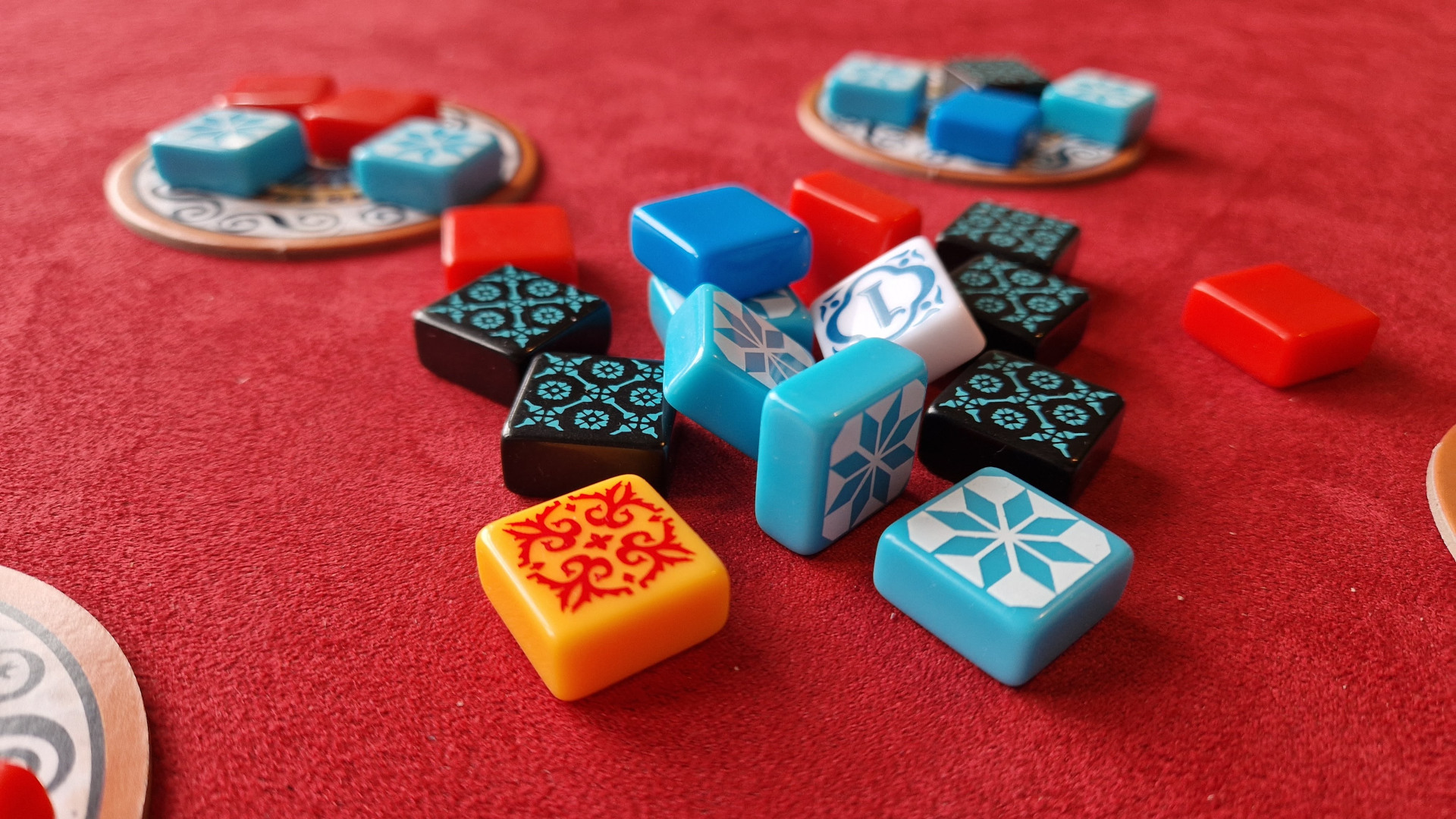
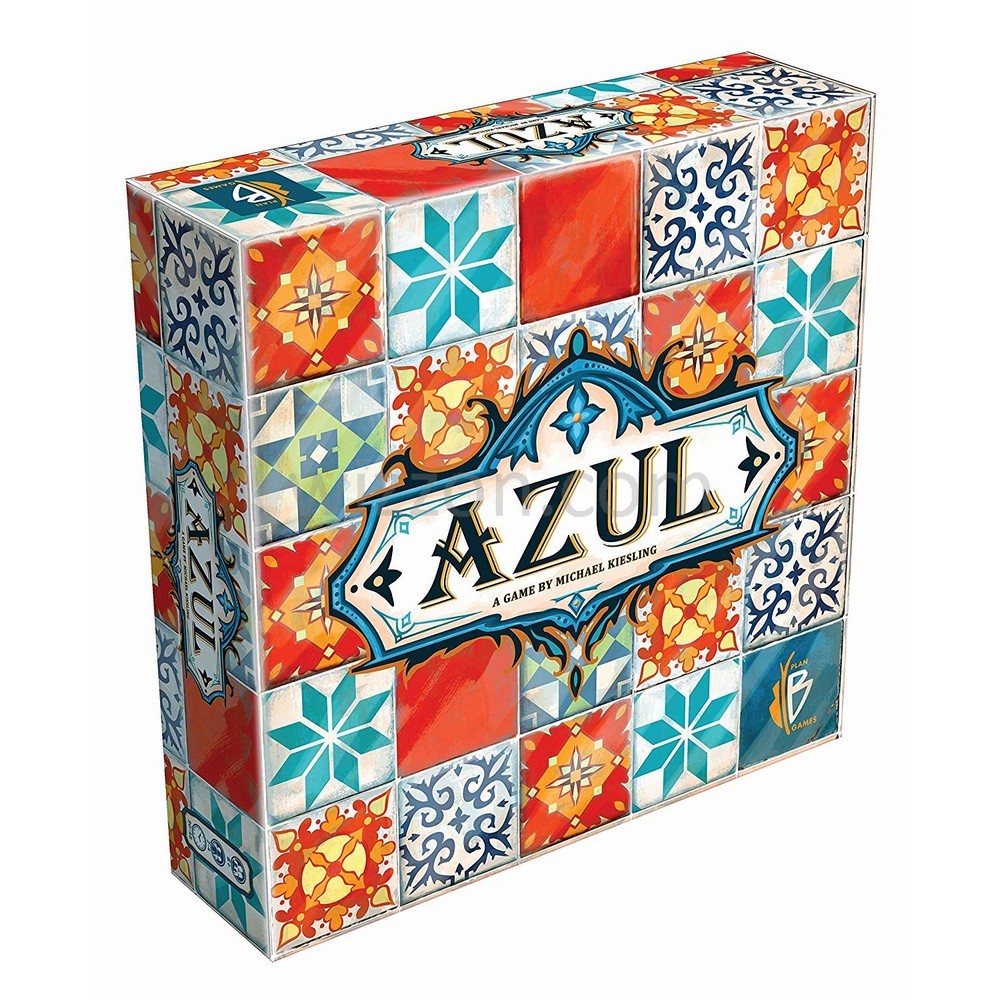

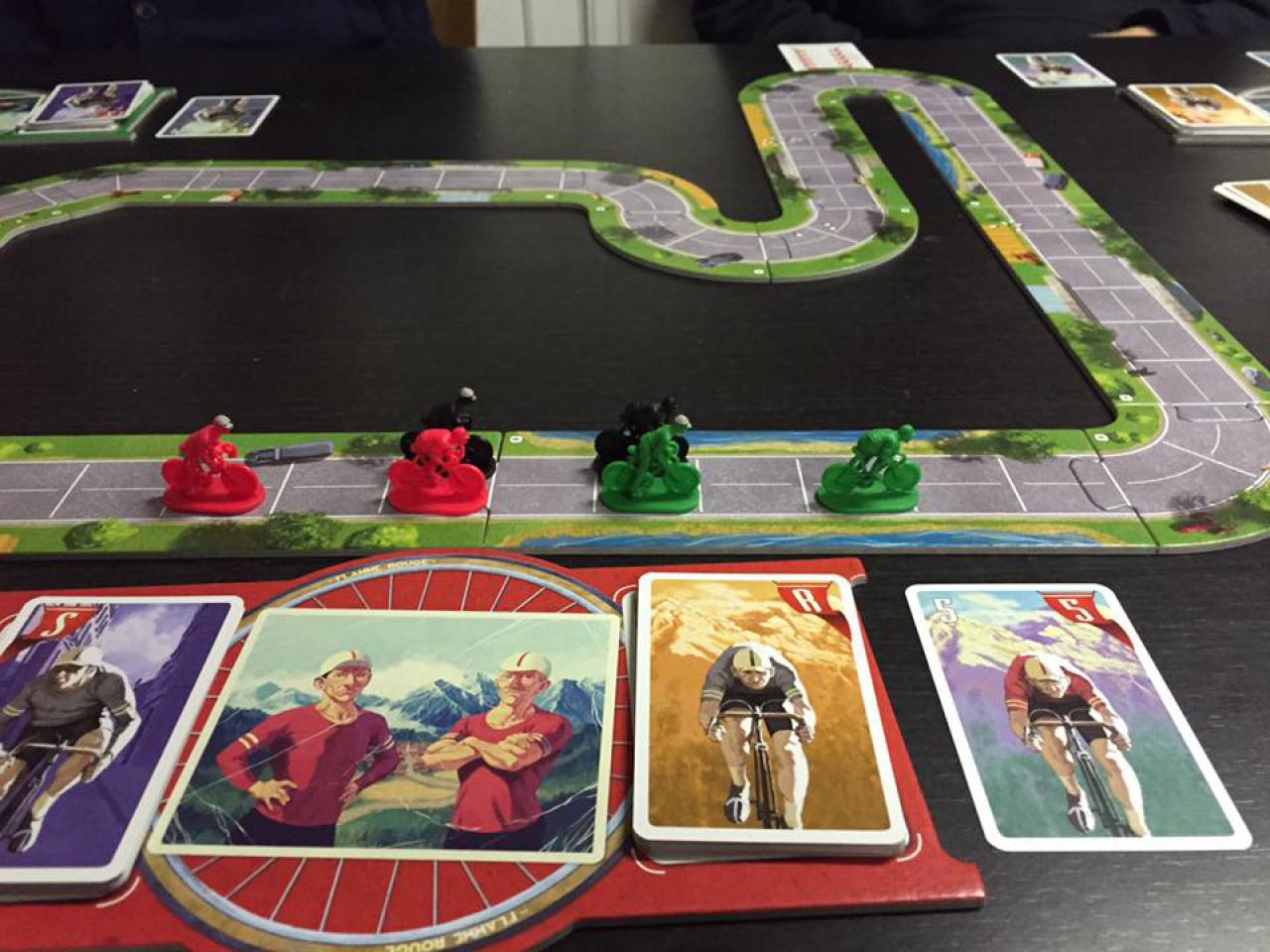
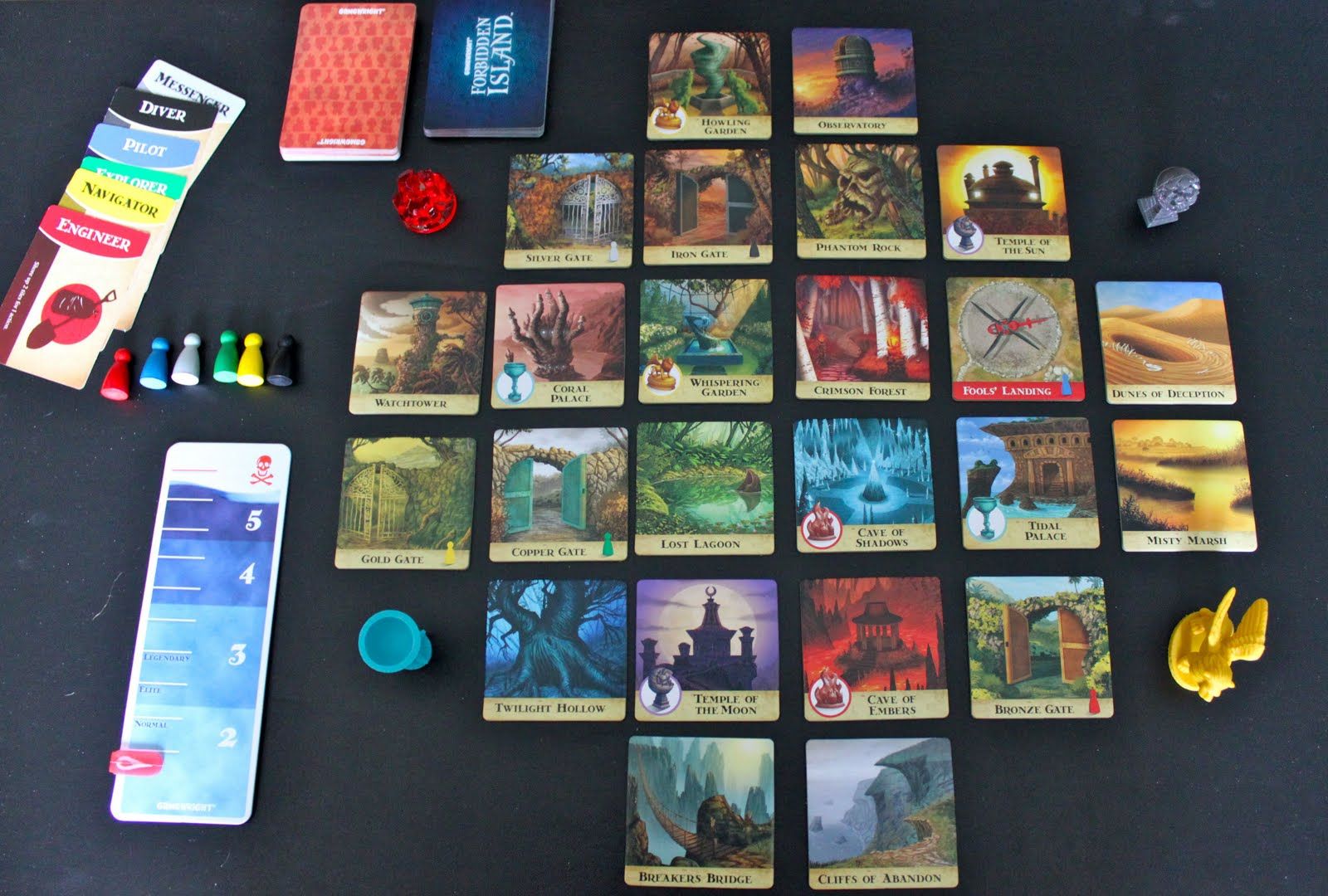
Leave a Reply